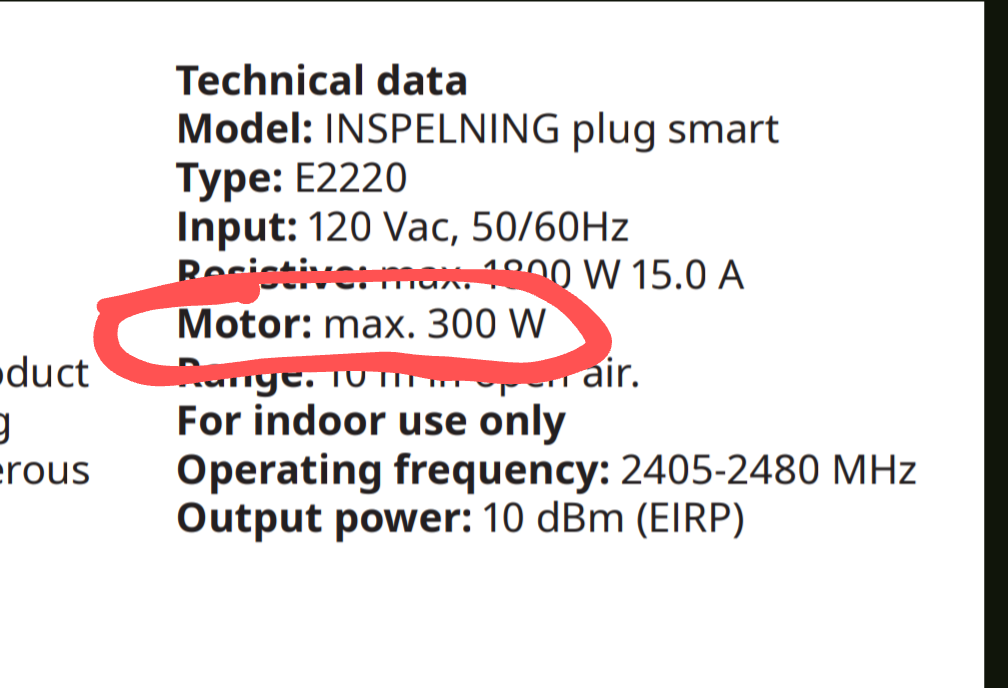Unfused. Probes/cables began rapidly heating up. I violently shook the the battery to break off the probes from it.
Avid Amoeba
- 21 Posts
- 908 Comments
Probe tips instantly welded on a nanophosphate A123 battery.
I see. Makes sense.

 3·16 days ago
3·16 days agoThere’s a WIP VirtIO driver in a PR but it’s not done yet. VMware’s own VMSVGA is open source if I remember correctly. I wonder if they’ll adapt it to KVM and if they do, whether that’ll be usable in KVM without VMware.

 8·16 days ago
8·16 days agoIf we get VirtIO 3D acceleration in Windows guests from this, I’d be really happy.
You could use a systemd unit file:
[Unit] Description=docker_compose_systemd-sonarr After=docker.service Requires=docker.service [Service] TimeoutStartSec=0 WorkingDirectory=/var/lib/sonarr ExecStartPre=-/usr/bin/docker compose kill --remove-orphans ExecStartPre=-/usr/bin/docker compose down --remove-orphans ExecStartPre=-/usr/bin/docker compose rm -f -s -v ExecStartPre=-/usr/bin/docker compose pull ExecStart=/usr/bin/docker compose up Restart=always RestartSec=30 [Install] WantedBy=multi-user.targetYou’d place your compose file in the working dir
/var/lib/sonarr. Depending on what tag you’ve set for the image in the compose file, it would be autoupdated, or stay fixed. E.g.lscr.io/linuxserver/sonarr:latestwould get autoupdated whereaslscr.io/linuxserver/sonarr:4.0.10would keep the container at version4.0.10. If you want to update from4.0.10, you’d have to change it in the compose file.
And there are breaking changes in this Jellyfin release.

 8·22 days ago
8·22 days agoNot noticeable with always-on Tailscale with the default split-tunnel mode. That is when Tailscale is only used to access Tailscale machines and everything else is routed via the default route.
Well if there’s enough demand some folks who want it enough and can do the work might step in.
The VPN should keep access to the homelab even when the external IP changes. Assuming the VPN connects from the homelab to the cloud. The reverse proxy would use the VPN local IPs to connect to services.

 3·1 month ago
3·1 month agoIf you’re switching low power inconsequential things like LED lights, they’re OK.

 9·1 month ago
9·1 month agoThis like most plugs in this format is not for inductive loads so it can only handle 300W with such:

It might be OK if the AC units are small enough.

 5·1 month ago
5·1 month agoIf you’re gonna be switching AC units, you likely want a plug that can switch inductive loads. Most can’t. Well they can but their relays crap out quickly. Here’s an example of a unit rated for inductive loads. It’s for NA and uses Z-wave so it’s not what you’re looking for. They explicitly call out it can be used for AC motors. Some units explicitly say they can’t be used for inductive loads but many don’t and you learn the hard way.

 2·1 month ago
2·1 month agoDo you mean via QEMU without hardware acceleration?

 6·1 month ago
6·1 month agoThis is correct. There’s no containerization like LXC/Docker.

 262·1 month ago
262·1 month agoTermux doesn’t run arbitrary software. There’s a pretty large set that does but plenty doesn’t. A VM would resolve that.
Thanks! I’ve been running 5x16T from SPD for over 6 months with zero issues.








Absolutely not.